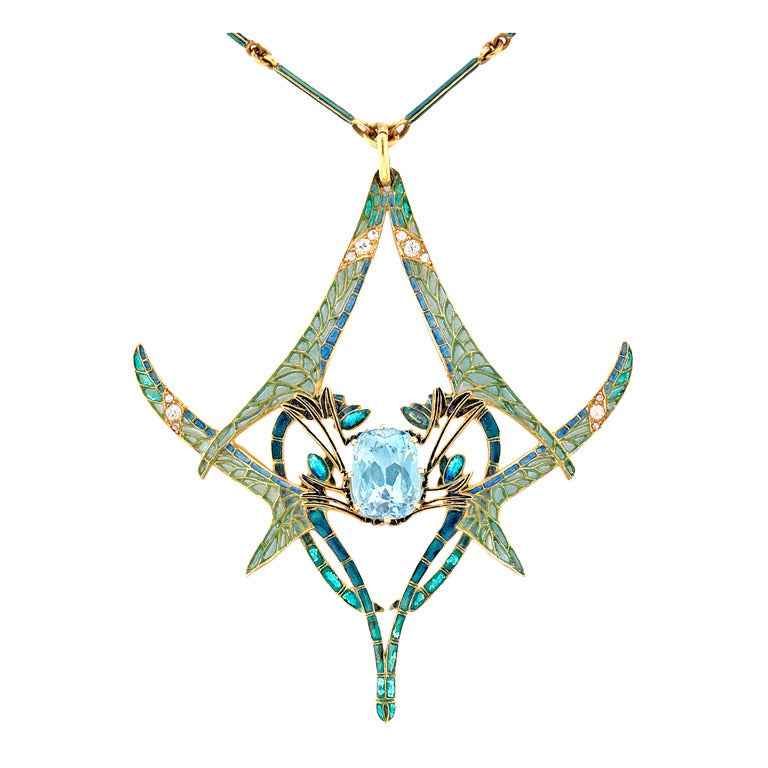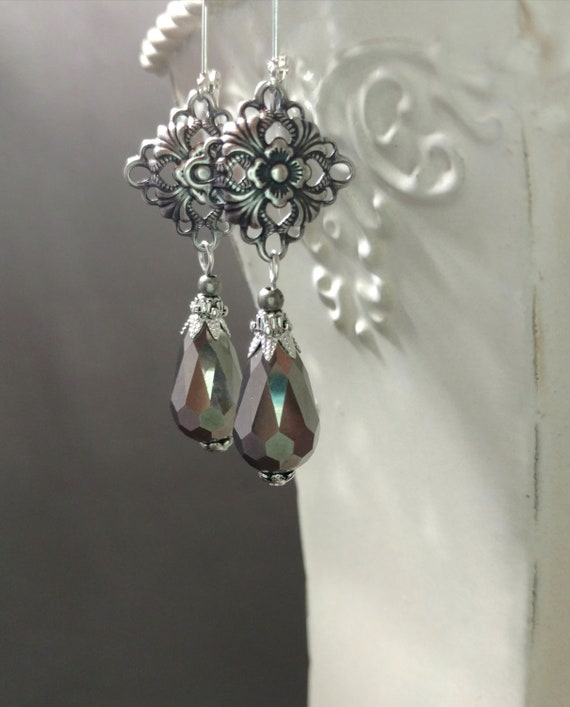Lecture Summary:
Today’s lecture went more in depth towards advertisement and early 20th century design. During this time, typography and graphics were being implemented in very interesting ways. Some examples were removing certain parts of graphics to create a more visually dynamic composition. By incorporating negative and positive space, artists like Hollerbaum and Schmidt were able to create revolutionary pieces of work that influenced modern design today. This simplified graphic style is also called plakatstil (poster style). Hollerbaum and Schmidt’s illustrative style was so popular that companies started to give out contracts to hire these artists. What this did was introduce one of the first contract based offers for artists. Plakatstil also influenced brand advertising today, as modern day design elements incorporate the product item and brand name, creating brand recognition; the definition of plakatstil.
Cha-Ching Ba-Bling: Art Nouveau style
Following the Art Nouveau movement, it’s influence created jewellery that involved organic shapes and motifs that represented eroticism and death. Most Art Nouveau Jewellers often strayed away form the conventional use of a “big honking diamond”, but instead focused more on the materials that helped support the gem like glass, horn, and enamel.

Rene Lalique Aquamarine Dragonfly Pendant. A pendant from the Art Nouveau movement, this gorgeous accessory costs a small payment of $331,687.85. Calculating current minimum wage in Vancouver, it would take around 3 years worth of work total to buy this pendant, or 26,221 hours of work.
That is not to say that all jewellry during the early 20th century was only in the Art Nouveau style. Glamorous jewellery would often inherit the “garland” style, a re-creation of early 18th and 19th century jewellery.
“Garland style” or “Edwardian style” was a jewellery movement that was inspired by King Edward VII, one of the final movements to be defined by the British monarch. Transitioning from large and gaudy to delicate and extravagant, artisans that didn’t follow the Art Nouveau movement would incorporate the organic lines from Nouveau and create a new form of jewellery that incorporated aristocrat-like jewels.
Materials and Fabrics
The ribbons, knots, tassels, and lace were mostly made using platinum fabrication. With the introduction of the oxyacetylene torch, artisans could mold metals that had a higher melting point like platinum. Most platinum fabrics were backed with old or silver, and because of the rigidity of platinum simpler yet more sophisticated designs could be made.

Although these earrings aren’t authentic Edwardian jewellery, The Edwardian style often followed designs that incorporated jewels and platinum/silver.
Don’t Poke my Eyes Out
Fun fact, the ever so popular trend of the “rocket bra” was first invented around the early 1900’s. As we all know, the rocket or “torpedo” bra features two cones to support the breasts. Although the first torpedo bra was invented and popularized during the 1950’s, the initial designs of the bra featured a corset and cone shaped padding.
citation:
-https://www.1stdibs.com/blogs/the-study/art-nouveau-jewelry/
https://www.vam.ac.uk/articles/a-history-of-jewellery
https://en.wikipedia.org/wiki/History_of_bras
https://www.langantiques.com/university/Edwardian_Jewelry:_1901-1915
https://www.christies.com/features/Art-Nouveau-jewels-collecting-guide-8546-1.aspx

Leave a Reply